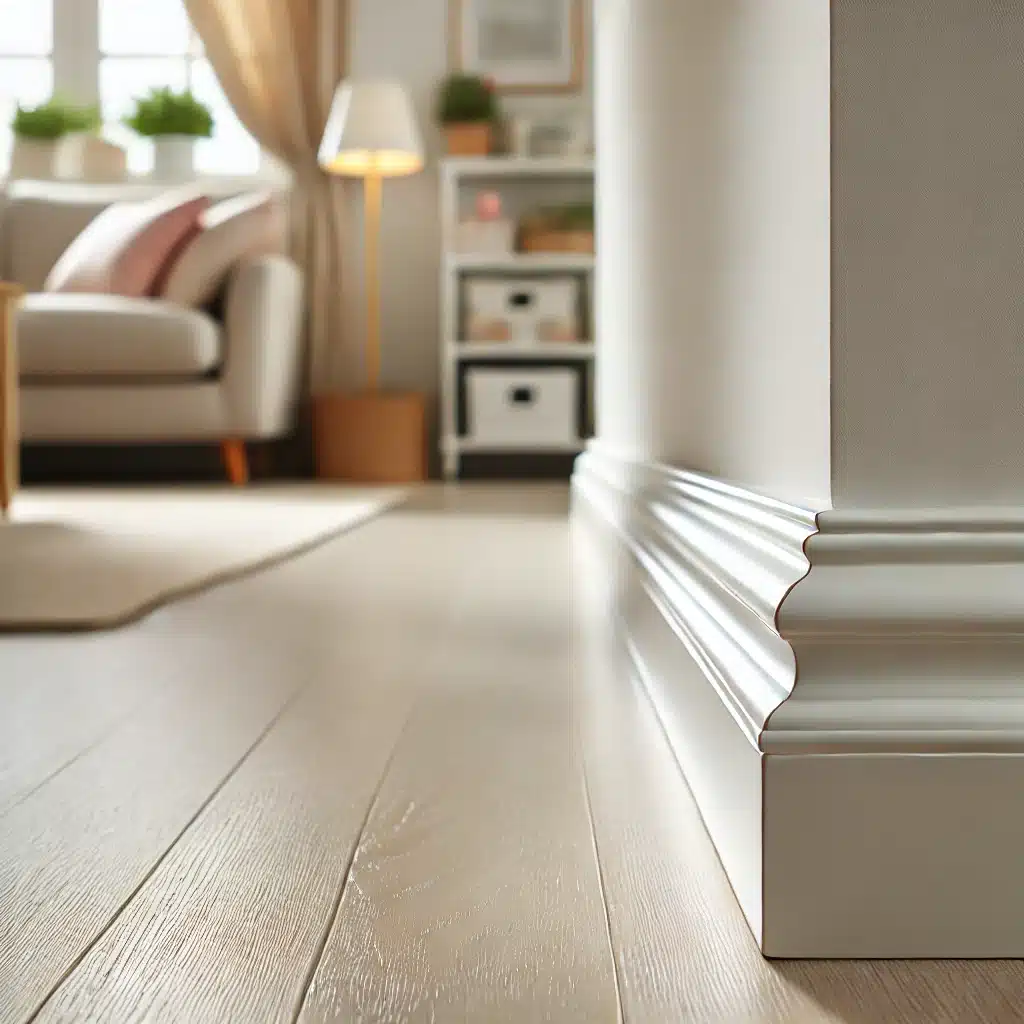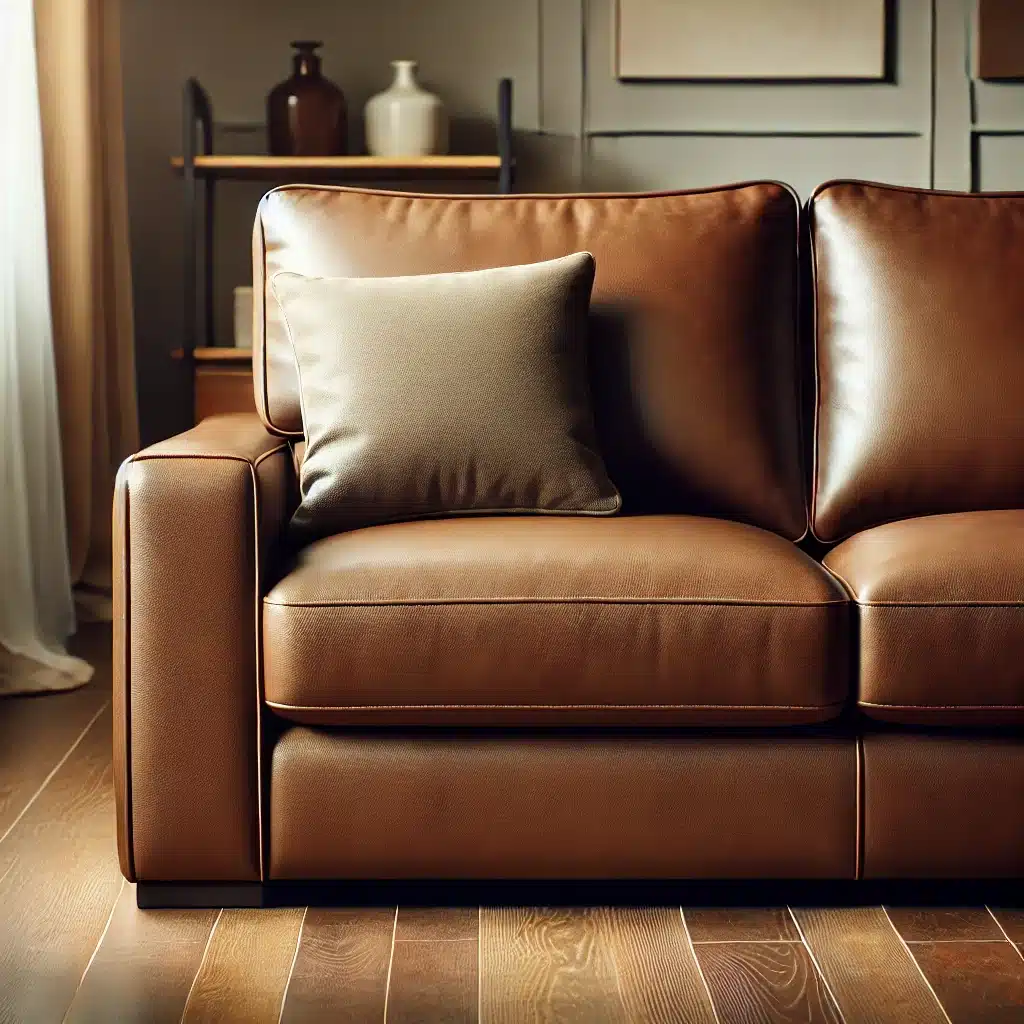How to Clean Baseboards: 5 Easy Hacks
Cleaning baseboards might not be at the top of your cleaning list, but keeping them spotless can make a big difference in the overall appearance of your home. Dusty and dirty baseboards can be an eyesore, but don’t worry! With these five easy hacks, you can keep your baseboards looking pristine without spending hours scrubbing. Let’s dive in! 1. Dust Regularly with a Microfiber Cloth Dusting regularly is the first step in keeping them clean. A microfiber cloth is perfect for this job because it traps dust and dirt without scattering it around. Here’s how to do it: Use a dry microfiber cloth to wipe down the baseboards. For stubborn dust, lightly dampen the cloth with water. Remember to dust the tops and edges for a thorough clean. Dusting your baseboards regularly is the first step in keeping them clean. A microfiber cloth is perfect for this job because it traps dust and dirt without scattering it around. Here’s how to do it: Use a dry microfiber cloth to wipe down the baseboards. For stubborn dust, lightly dampen the cloth with water. Remember to dust the tops and edges for a thorough clean. Dusting your baseboards regularly is essential to maintaining their appearance and preventing the buildup of grime. A microfiber cloth works wonders for this task because it effectively traps dust and dirt, preventing it from simply being pushed around. When using a dry microfiber cloth, gently wipe along the surface of your baseboards, making sure to cover all areas, including the tops and edges. This will help you achieve a thorough clean without missing any spots. For those stubborn dust particles that refuse to budge, you can lightly dampen the microfiber cloth with water. This adds just enough moisture to lift the dust without leaving streaks or watermarks on your baseboards. It’s crucial to wring out the cloth well so it’s not too wet; just a little dampness is all you need. Regularly wiping down this way not only keeps them looking fresh but also reduces the amount of time you’ll need to spend on deeper cleaning sessions later on. Don’t forget that the tops and edges of your baseboards are just as important as the front-facing surfaces. Dust tends to accumulate in these areas, often going unnoticed until it becomes quite noticeable. By including these often-overlooked parts in your regular dusting routine, you’ll ensure that every inch is kept in top condition. Regular dusting with a microfiber cloth is a simple yet effective method to maintain the cleanliness and aesthetic appeal of your baseboards, contributing to a cleaner and more inviting home environment. 2. Use a Vacuum Cleaner Attachment A vacuum cleaner with a brush attachment can make cleaning baseboards a breeze. This method is great for quickly removing dust and debris. By using the brush attachment, you can easily reach into corners and crevices where dust tends to accumulate. This is especially useful for those tricky spots that are hard to clean with a cloth alone. First, attach the brush to your vacuum cleaner. The brush attachment is designed to loosen dust and dirt while the vacuum sucks it away, making it an efficient tool for cleaning baseboards. As you run the vacuum along the baseboards, make sure to move slowly to give the attachment enough time to pick up all the dust and debris. Pay special attention to corners and edges, as these areas often collect the most dirt. This method not only cleans but also helps maintain the condition of your baseboards by preventing the buildup of grime. If you have pets, this hack is particularly beneficial. Pet hair can easily get trapped along baseboards, making them look dirty even if the rest of your house is clean. The brush attachment on your vacuum cleaner can effectively remove pet hair, leaving your baseboards spotless. Regular use of the vacuum cleaner attachment ensures that pet hair and dust are kept under control, making your home look well-maintained and tidy. 3. Magic Erasers for Stubborn Stains Magic erasers are fantastic tools for removing scuffs and stains from baseboards. These cleaning marvels work exceptionally well on both painted and wooden baseboards, making them a versatile option for any home. The unique material of magic erasers allows them to lift and remove even the most stubborn marks that other cleaning tools might leave behind. To use a magic eraser effectively, start by wetting it with water and squeezing out any excess moisture. This step is crucial as it activates the cleaning properties of the eraser without making it too wet, which could potentially damage the baseboards. Once the eraser is ready, gently scrub the stained area using circular motions. This technique ensures that you cover all angles of the stain, effectively breaking it down and lifting it away from the surface of the baseboards. After scrubbing, it’s important to wipe away any residue with a clean cloth. This final step ensures that no remnants of the stain or the magic eraser are left behind, leaving your baseboards looking spotless and refreshed. Regular use of magic erasers can keep your baseboards in top condition, effortlessly handling those inevitable scuffs and marks that come with everyday life. 4. DIY Cleaning Solution A DIY cleaning solution can be incredibly effective in tackling the grime and dirt that builds up on baseboards over time. Creating your own cleaning solution is not only cost-effective but also allows you to use natural ingredients that are safe for your home and family. One simple yet powerful recipe involves using common household items like vinegar, water, and dish soap. These ingredients combine to create a solution that cuts through dirt and leaves your baseboards looking fresh and clean. To prepare this cleaning solution, mix one part vinegar with one part water in a spray bottle. Vinegar is a natural disinfectant and helps break down grime, while water dilutes the vinegar’s acidity to prevent any damage to your baseboards. Adding a few

